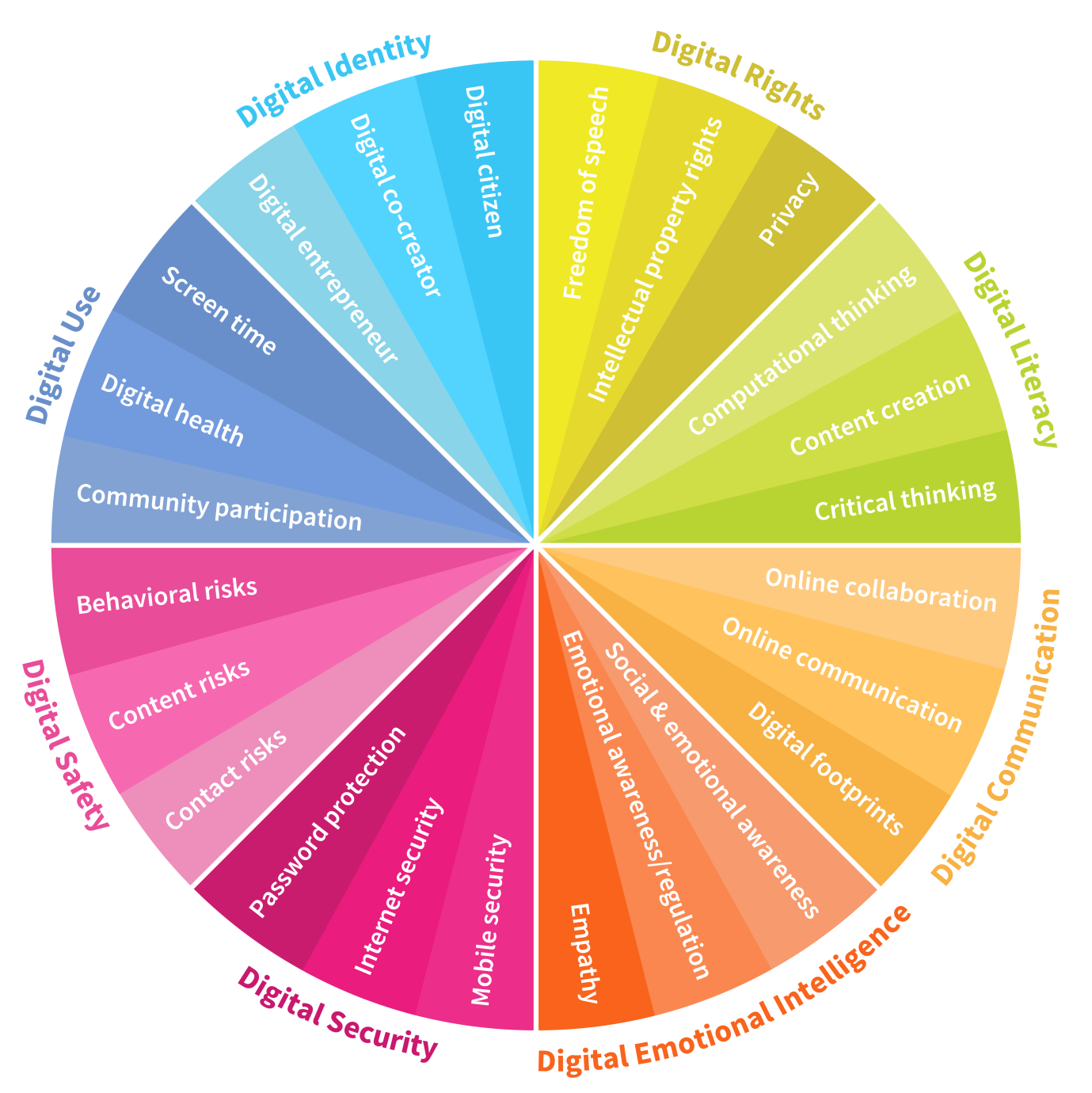Digital Intelligence: What is it? And how to teach it?
Sebah Al-AliAt the start of a new year, some of our new students do not only face language difficulties, but also find it difficult to use the Internet in English. This could mainly be because they do no understand basic terminology that is used on most if not all services and websites, like “sign in” or “confirm registration”. They also, surprisingly, know very little about searching for information, or privacy and online safety.
Of course, one might argue:
Great. Let’s get rid of the Internet and go back to our paper textbooks.
Yeah, this might sound easier, but it won’t do students any good. Using the Internet has become a daily necessity; actually, the UN has declared Internet access as a basic human right (link). The Internet is here to stay, and our students need to learn how to use it smoothly and in a safe manner.
Digital Intelligence?
So, how can we teach Internet skills? —without overwhelming ourselves  . First of all, the set of skills that users need to master using the Internet has been a topic of interest for a long time. Many terms and ways of looking at these skills are presented every now and then. One of the most recent ones is “Digital Intelligence.”
. First of all, the set of skills that users need to master using the Internet has been a topic of interest for a long time. Many terms and ways of looking at these skills are presented every now and then. One of the most recent ones is “Digital Intelligence.”
As you can see, Digital Intelligence covers a wide range of skills and areas of competence. Yuhyun Park simply explains these different areas:
Digital identity: The ability to create and manage one’s online identity and reputation. This includes an awareness of one’s online persona and management of the short-term and long-term impact of one’s online presence.
Digital use: The ability to use digital devices and media, including the mastery of control in order to achieve a healthy balance between life online and offline.
Digital safety: The ability to manage risks online (e.g. cyberbullying, grooming, radicalization) as well as problematic content (e.g. violence and obscenity), and to avoid and limit these risks.
Digital security: The ability to detect cyber threats (e.g. hacking, scams, malware), to understand best practices and to use suitable security tools for data protection.
Digital emotional intelligence: The ability to be empathetic and build good relationships with others online.
Digital communication: The ability to communicate and collaborate with others using digital technologies and media.
Digital literacy: The ability to find, evaluate, utilize, share and create content as well as competency in computational thinking.
Digital rights: The ability to understand and uphold personal and legal rights, including the rights to privacy, intellectual property, freedom of speech and protection from hate speech.
In other words, our students do not only need to learn how to type in a link in the address bar, or how to sign up for a new account (and then use “forgot password” the following day 😒 #annoying), but our students also desperately need to learn about other issues like privacy, content rights, and the risks associated with meeting new people online.
Resources
There are tons of resources that can help you introduce different digital skills in your classrooms. These are a few interesting ones:
- Integrating Digital Literacy into English Language Instruction
https://lincs.ed.gov/programs/eslpro/integrating-digital-literacy-into-english-language-instruction
- iConnect: Skills for Working with Internet Beginners
http://vtrural.org/programs/e-vermont/toolkit/internet-basics
- What Digital Literacy Looks Like in a Classroom
http://www.edweek.org/tm/articles/2014/10/29/ctq_crowley_digitalliteracy.html
- Quick guide – Developing students’ digital literacy (PDF)
https://digitalcapability.jiscinvolve.org/wp/files/2014/09/JISC_REPORT_Digital_Literacies_280714_PRINT.pdf

